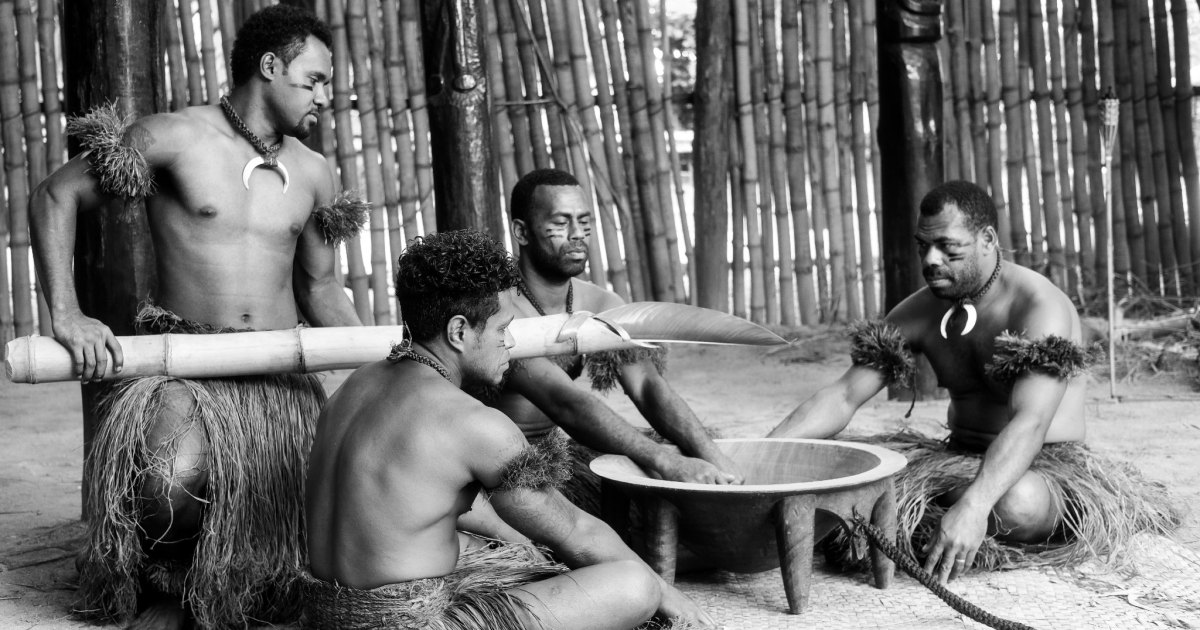No products in the cart.
Fitness Tips
To Understand the Future of Fiji, You Must Look to Its Past
Eight-six percent of the land is owned by indigenous peoples and while one of the national languages is Fijian, there are over 300 sub dialects across the chain of islands. Today the country is divided into 14 provinces, but historically it was split into 70 smaller territories, each run by a tribal chief. The majority of the population still relies on subsistence farming, mostly crops like sugarcane, cassava, potatoes, bananas, and rice.
Family is incredibly important to Fijians, but traditionally it’s based on spiritual ancestors, not biological lineage. Communities are close knit, with complex social structures. As a whole, Fiji is an amazingly friendly country. “Bula,” which you’ll hear everywhere, has many meanings—hello, good morning, good afternoon, and cheers, among others—embodies how warm the country often feels.
More recently, Fiji has become a tourist hot spot and a popular destination for scuba diving. PADI, the largest scuba diving association, calls it “the soft coral capital of the world” and the “best shark diving location in the world,” among other accolades. Tourism has helped the country grow rapidly, with fancy resorts, major infrastructure, and dollars flooding in, but it also poses risks to the environment.
Learning From the Past
Later in our kava ceremony, I asked the chief what he thought the future might look like. With help from our translator, he responded, saying “a balance of old wisdom and modern technologies.” As I would learn, this sentiment is shared among a growing number of Fijians, especially older generations. Together they’ve catalyzed a cultural renaissance, bringing traditional foods, arts, and skills back to life.
One harbinger of this renaissance is the Uto Ni Yalo, a traditional Fijian sailing canoe built in 2010. With the intent of promoting a sustainable and reciprocal relationship with the ocean, the canoe moves around the archipelago teaching traditional navigational skills, arts, and customs to local communities. To date, the 72-foot double-hulled vessel has sailed over 80,000 nautical miles of open ocean to 15 countries including to Australia, Hawaii, and New Zealand, using only the stars to navigate.
Source link

